Part 6 Example of Works – Large Scale Fire Risk Assessment Case Study
Example of FRA works carried out for a local authority
For a recent programme of works completed for Local Authority Client, the following approach was used to ensure appropriate resources were allocated, and to guarantee the successful outcome of the works.
1. Programme set up
The DDS Team discussed all elements of the project and the project path was discussed in depth, to ensure that the whole team understood their roles and assigned tasks.
2. Confirmation of appointments
All locations requiring a fire risk assessment, were tabulated onto an excel spreadsheet and locations mapped, to ensure proposed schedules were achievable in the timescale agreed, and that the locations are mapped in an easy-to-follow route. Each location was then contacted to agree an appointment and to ensure that the responsible person was going to be present at the appointed time.
Example booking confirmation e-Mail to location
Approximately one week prior to the agreed date, locations are contacted again (normally via e-mail) to ensure that the site is aware, and that a key holder is available to escort the assessor around the premises.
Example of Reminder
Any issues with contacting sites and access is raised with the project team for guidance during client update meetings (frequency and dates agreed during project set-up).
3. Allocation of fire safety risk assessors
Once all appointments have been confirmed with the project team and location responsible person, the assessors are then allocated one of the scheduled routes.
4. Execution of works
When on-site, the fire safety risk assessors are required to complete the fire safety risk assessment template which has been prepared prior to commencement of works on-site. An example fire safety risk assessment has been uploaded to the portal.
5. Monitoring of progress
During the works being carried out, a daily update is generated by the PYRAMID™ system and e-mailed to the client and the project team to ensure that they are kept up to speed with the progress being made, as well as any issues that may be encountered.
The excel spreadsheet is also updated to show the progress made, not only in the on-site assessment works, but also generating the new fire safety risk assessment.
6. Client Feedback
During the project, the Project Manager is in communication with the client project team to ensure that they are aware of progress made so far and any issues (if any) can be raised and dealt with quickly.
7. Summary Reports
Upon completion of the project, the summary report is generated, which highlights issues experienced as a result of the fire safety risk assessments that can be used by the client to plan the works required to address issues across the property portfolio.
8. End project evaluation
Once the project has been completed, the project completion meeting will be held, where feedback is sought from the client and also project sign off can be completed.
All contracts and resources are carefully managed and co-ordinated centrally by the Project Management team.
This includes:
- quantification of works; prior to commencement of works, to ensure that we have allocated appropriate resources based on work to be completed;
- agree service levels; to ensure clients are happy with proposed levels of service including costs and timescales;
- allocation of resources; specifically, team members to complete the works;
- Coordination of activities; to maximise efficiencies and minimise travel costs and environmental impact;
- Monitoring of work in progress; to ensure service levels are achieved;
- Regular scheduled client updates and contact;
- Final summary report on completion of each works phase;
- Request for feedback from client.
Where there are any issues identified with the availability of resources or delivery of the project against agreed service levels, the constant monitoring processes we have in place ensures that action can be taken quickly to address any potential problems from arising.
With fire safety risk assessment works, the most common problem is that the time taken to complete the risk assessment inspection may be directly apportioned to the issues identified whilst on site. Therefore, if a risk assessor identifies significant issues (that were not anticipated), then it may require longer on site than planned. It is critical the assessor does a thorough inspection and does not leave issues unidentified and unreported. Therefore, DDS has an effective mechanism for dealing with this scenario as the assessor would report immediately to the Project Manager action taken centrally to re-allocate works to another team member to prevent the project from falling behind.
This article is the last in the series of our Large Scale Fire Risk Assessment Case Study. Please find below links to the other articles of the study:
Part 1 Overview
Part 2 Preparation
Part 3 Project Management
Part 4 Fire Safety Risk Assessment
Part 5 Review
Part 6 Example of FRA Works Carried out for a Local Authority

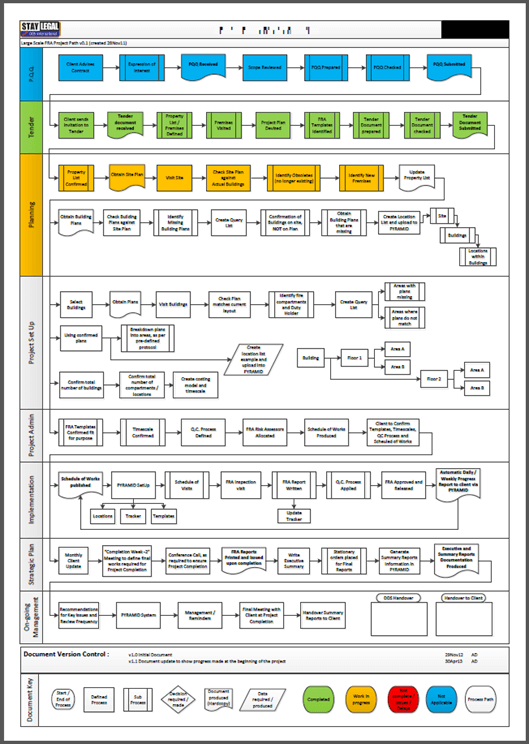
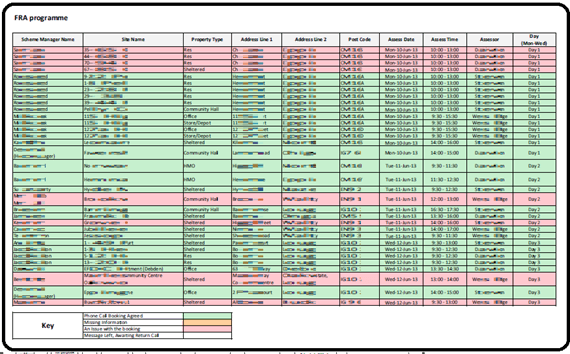
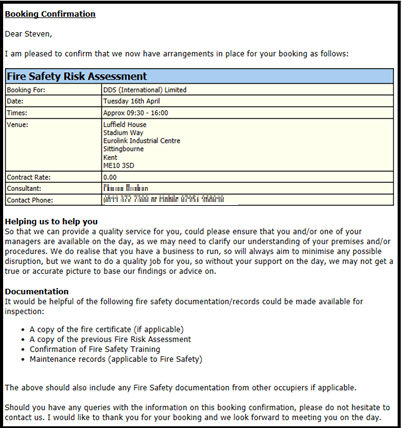
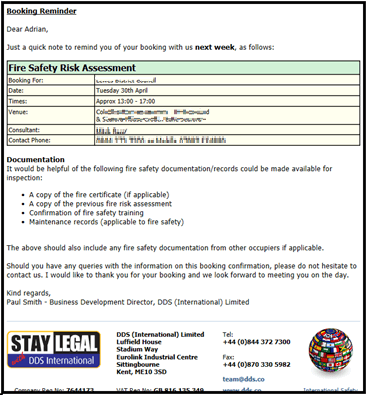
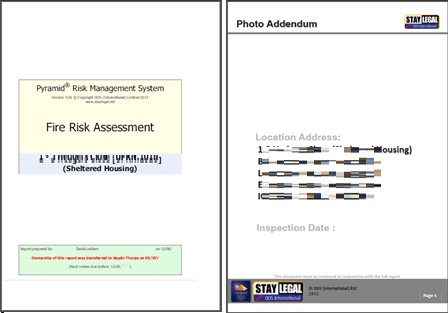
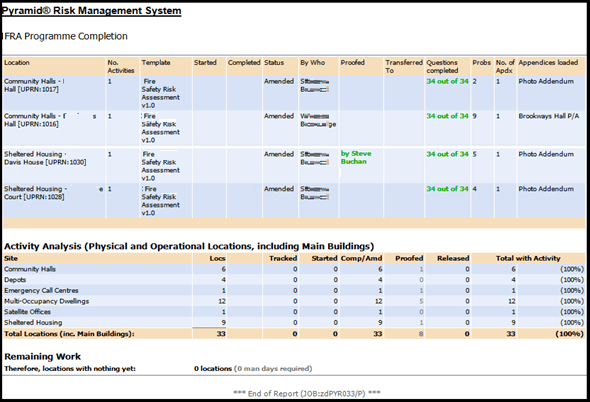
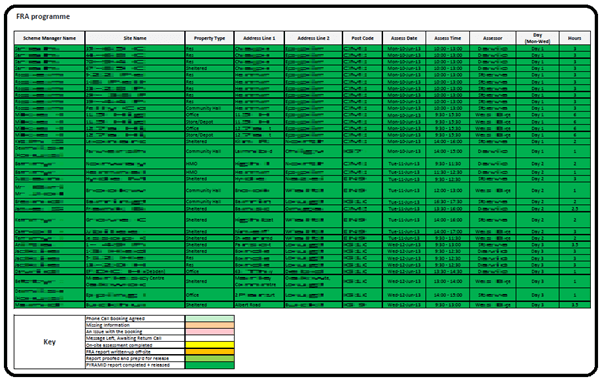
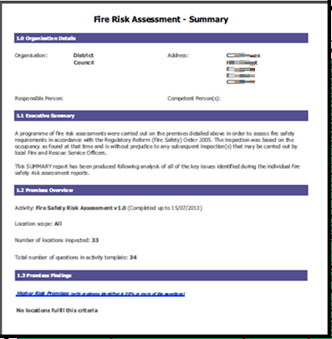
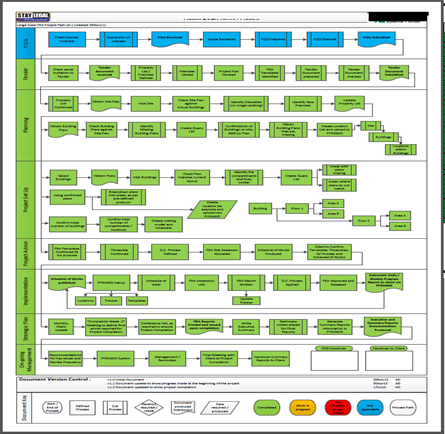
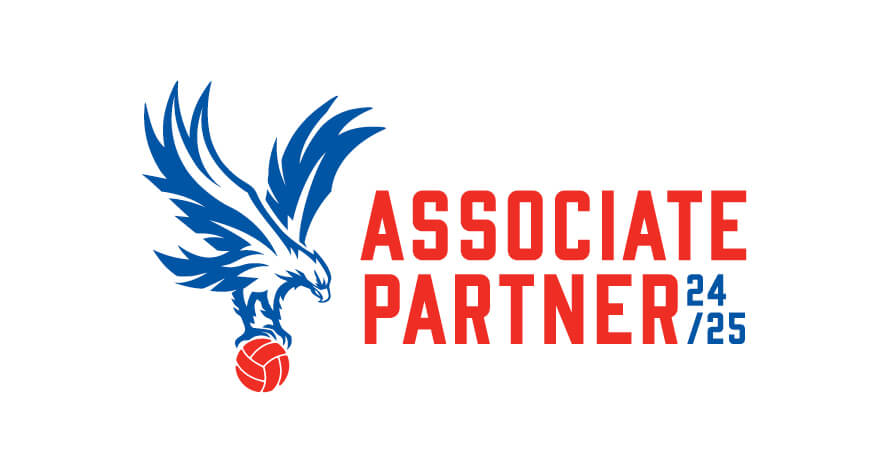



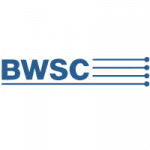



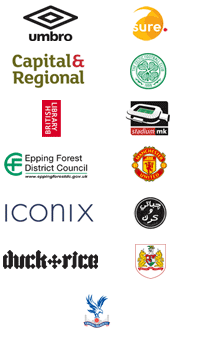
Comments are closed.